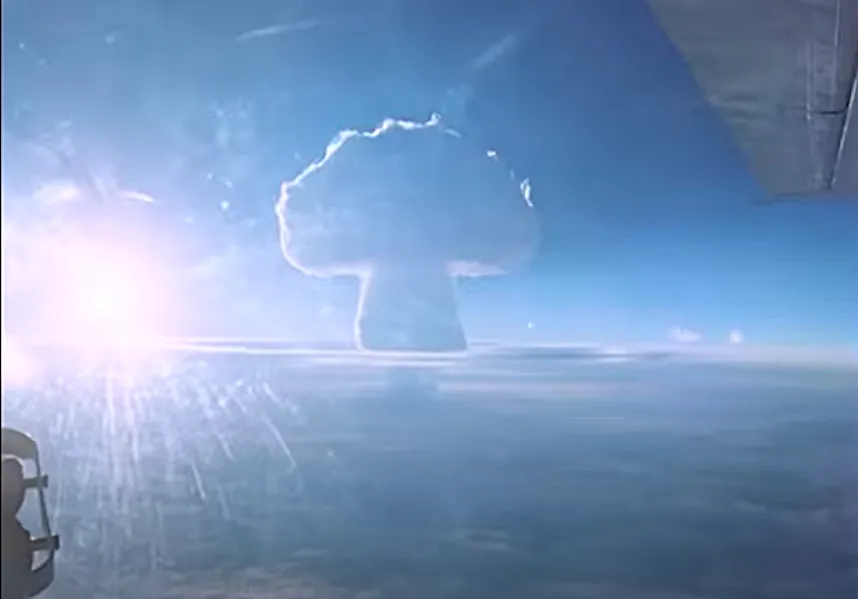
In 1961, the USSR set off the largest nuclear bomb ever made... it was called by them the Tsar Bomba, the emperor bomb. It was measured at almost 60 megatons, and fired a mushroom cloud up into the air about 25 miles.
The shock wave from the explosion of this nuclear test circled the earth three times.
Perspective...
The shock wave in 1883 from the final great explosion of Krakatoa, the volcano in the Sunda Straits between Sumatra and Java, was measured by the recording instruments of the day as having circled the earth SEVEN times. That explosion vaporized over twelve cubic MILES of earth from the island that had formed from previous upwellings of that volcano.
Twelve cubic miles of dirt and rock, blasted so high into the atmosphere and into such fine grains that it may as well have simply disappeared. A sound so loud it was heard three thousand miles away and military officers suspected a gun battle between navy ships just over their horizon. A shock wave that circled the earth SEVEN TIMES.
Twice as powerful as the largest nuclear bomb ever tested on this planet.
Not all volcanoes are like that, thank God. But it does give us a reference point for the sheer power of some volcanic explosions. And it reminds us, as does bustling modern day Hiroshima, that a nuclear bomb doesn't mean the end of the world.
The world is plenty powerful enough to destroy itself without any help from mankind.